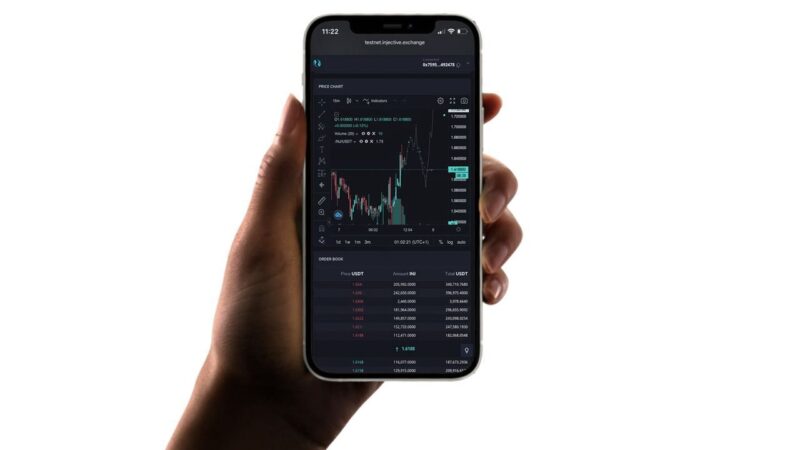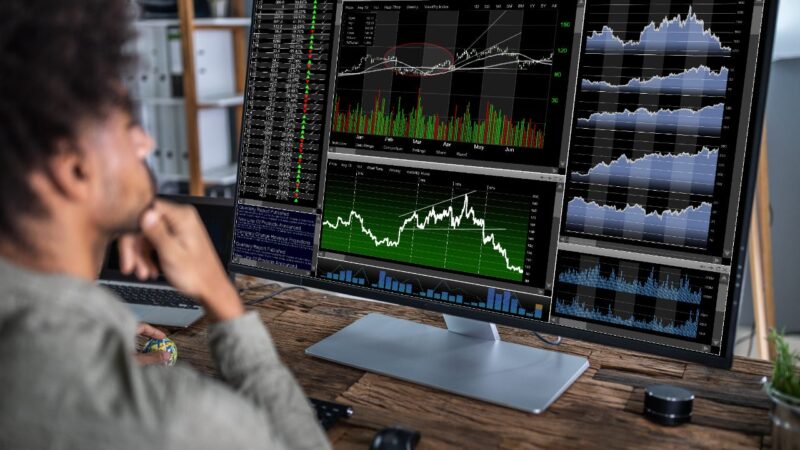Finding the right trading platform isn’t just about the numbers; it’s about the experience, too. A solid user experience can mean the difference between confidently making decisions and feeling like you’re stumbling through a maze. Let’s face it — if you’re staring at a screen trying to decode a cluttered, confusing interface, you’re losing time (and probably patience). That’s why a seamless, intuitive experience matters.
Let’s get into why user experience on trading platforms can shape your journey in the trading world.
Key Points
- A smooth interface enhances decision-making and confidence.
- Usability impacts the speed of transactions and reduces errors.
- Visual appeal can affect comfort and focus during trades.
- Clear navigation is essential for beginners and pros alike.
- Reliable support builds trust and helps with quicker problem-solving.
1. What User Experience Brings to the Table

In the world of trading, user experience might seem like a nice-to-have, but it’s essential. If a trading platform feels clunky or overwhelming, that frustration can affect your performance. You’re not just looking for functionality here; you’re looking for an experience that doesn’t get in the way of what matters: making smart moves.
Take Binomo, for example. Here, the platform blends simplicity with functionality. Binomo allows newcomers to ease into the trading world without feeling bombarded by complicated tools, while still offering enough depth for seasoned traders. Platforms like this ensure that you get what you need without the fuss, creating an environment where you can focus more on strategy and less on navigating.
2. Simplicity and Clarity: Not Just for Beginners
You may think that simplicity is only for beginners. But even advanced traders benefit from a platform that minimizes distractions. A straightforward, well-organized interface saves you from wading through menus to find the tools you need. Each second counts when making decisions, and a complex setup can lead to costly delays.
Some platforms also offer helpful features like customizable layouts, allowing traders to arrange tools and data just the way they like. This flexibility makes it easier to respond to fast-paced markets.
3. Responsiveness and Speed Matter

A platform needs to be quick. When you’re ready to make a move, any lag or glitch can turn a winning opportunity into a missed chance. The speed of executing trades depends on the platform’s reliability and infrastructure.
Look for platforms with a track record of low downtime and high responsiveness. Read reviews or check with other users to see if they’ve experienced slowdowns at crucial times, as nothing is more frustrating than missing out on a winning trade because the software froze.
| Feature | Why It Matters |
| Clear Navigation | Saves time, reduces stress |
| Customizable Layout | Lets users arrange tools for faster access |
| Low Downtime | Ensures reliability during high activity |
| Visual Organization | Keeps attention on essential information |
| Responsive Design | Adapts to mobile, desktop, and tablets |
4. Support and Guidance When You Need It
Reliable support can be a lifeline, especially in an unpredictable market. Whether it’s live chat, phone support, or a helpful FAQ section, knowing there’s backup provides peace of mind. Platforms that prioritize customer service show that they care about their users’ experience, and that goes a long way in building trust.
Look for platforms that offer clear tutorials or demo accounts where you can get familiar without putting your funds at risk. Some also have communities or forums where you can pick up tips from other traders, and those can be goldmines for learning the ropes.
5. Security: Protecting Your Data and Funds

Security isn’t just about encryption and login verification; it’s about peace of mind. Your platform should handle sensitive information with the highest level of care. Look for secure logins, data encryption, and a reputable background in safeguarding assets. After all, what good is a stellar interface if your funds aren’t secure?
FAQ
1. What makes a trading platform user-friendly?
A user-friendly platform has an easy-to-navigate interface, responsive tools, clear visuals, and quick access to support if needed.
2. Why does platform speed matter for trading?
Speed is crucial because delays can result in missed opportunities or unintended outcomes, especially in fast-moving markets.
3. Can I trade on multiple devices with the same account?
Most trading platforms support multi-device use, allowing you to trade on mobile, desktop, and tablets.
4. Do platforms offer tutorials for beginners?
Yes, many offer tutorials, demo accounts, or FAQs to help new traders get comfortable without risk.
5. How important is it to customize the platform’s layout?
Customizing layouts allows you to arrange tools based on your preferences, making trading smoother and more efficient.


